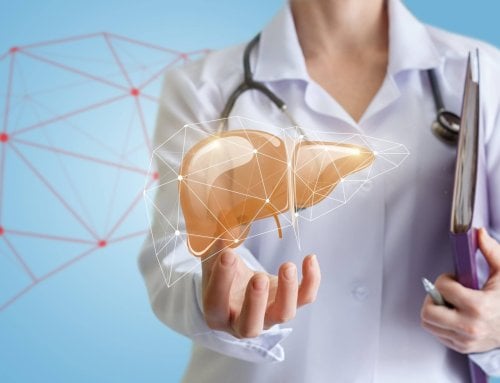Inflammation and diabetes, or is it diabetes and inflammation? Research now tells us that these conditions are definitely related, although they are not completely sure of the sequence. We do know that chronic inflammation can play a part in insulin resistance, high glucose levels, and high lipids; chronic low level systemic inflammation is also tied to obesity since fat tissue can release inflammatory molecules. Low level chronic inflammation can increase the aging process and break down the endothelial lining of the vascular system; this leads to complications including MI, stroke, renal failure, retinopathy, and nerve damage. Inflammation, such as a fever response to an infection can help the body respond to stress, but low level chronic inflammation can be fatal.
There is solid evidence that this condition can lead to inflammatory state diseases including: coronary heart disease or atherosclerosis, fatty liver disease, asthma, and diabetes. Since we know there is a correlation between the immune system and metabolism, we need to maintain proper nutrition, a reasonable weight, and a positive lifestyle to achieve balance for optimal immunity.
WAYS TO REDUCE INFLAMMATION:
- Omega 3 fish oils have been known to decrease inflammation. Talk to your physician about taking a supplement. The usual dosage is between 1000-4000mgs per day in a capsule form and it should include a high amount of EPA and DHA. Keeping them cold in the refrigerator can reduce a fishy after- taste; find a brand from non-polluted waters. If you are on blood thinners, be aware that omega 3 fish oils may increase bleeding. If you are not interested in supplements, you should consume at least 3 fatty fish meals in a week including wild salmon, tuna, mackerel, sardines, black cod or herring.
- Eating fresh fruits and vegetables from the complete color spectrum, organic when possible, can also reduce inflammation; even if they are cooked, they offer many benefits. Leafy greens that contain folate, such as kale, spinach and endive are known to decrease homocyseine – a marker for inflammation. Foods that contain carotenoids, like spinach and all varieties of mushrooms (especially Asian), help reduce inflammation. Onions and garlic have sulfur compounds that increase immunity and quercetin – an antioxidant that fights inflammation. Fresh spices such as ginger, cinnamon, or turmeric, which can be added to recipes, also fight inflammation.
- Small amounts of flax seeds, hemp seeds, or pumpkin seeds, as well as walnuts, extra virgin olive oil and avocados, (all high in calories so limit the amounts which contain mono-unsaturated fats can help reduce inflammation. Soy products such as tofu, soy nuts, edamame, or tempeh in moderation, (if you are not recovering from estrogen sensitive breast cancer), should also be included.
- Probiotics – needed for proper health in the stomach, may reduce inflammation. These are usually found in yogurt-acidophilus, bifudus (especially good for you), and Greek yogurt. If you are not a yogurt fan, you can take a supplement like Culturelle.
- Fiber – insoluble fiber like whole grains, cracked grains or soluble fiber such as oatmeal, beans, berries and apples have an effect on inflammation. Beans and legumes are great; get 30 grams of fiber a day.
- No smoking.
- Check for periodontal disease and treat if you have it; it sustains low level inflammation and can increase the risk of heart disease.
- Avoid processed foods, trans-fat foods, saturated fats and simple sugar foods as much as possible. They all add to inflammation. Concentrate on lean proteins like skinless poultry, omega 3 enriched eggs, low fat dairy and small amounts of sharp cheeses.
- A decent night of sleep is proven to help lower inflammation so concentrate on getting a minimum of 7-8 hours each night. Catch up during the weekend if you have to.
- A moderate exercise program can reduce inflammation. Include weight training as well as aerobics, like walking or bicycle riding. Too intense a program may even add to inflammation so speak with your doctor prior to adding a rigorous regimen to your routine.
All this advice is helpful for everyone but especially for those with diabetes. Hopefully, you will be able to reduce the low level inflammation and enjoy better health!
NOTE: Consult your doctor first to make sure my recommendations fit your special health needs.












Leave A Comment